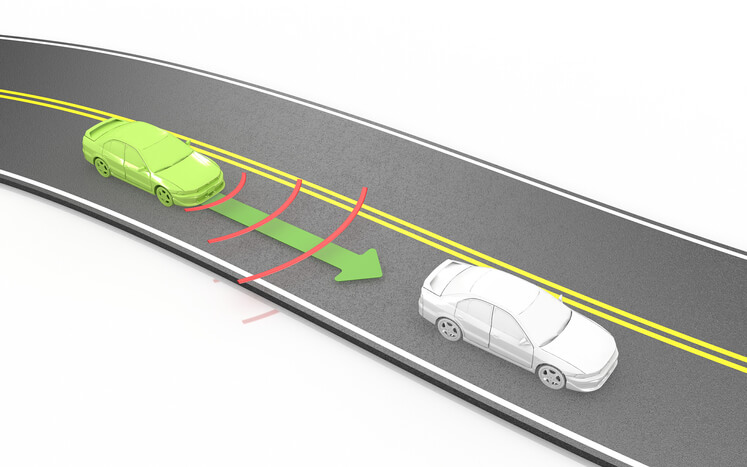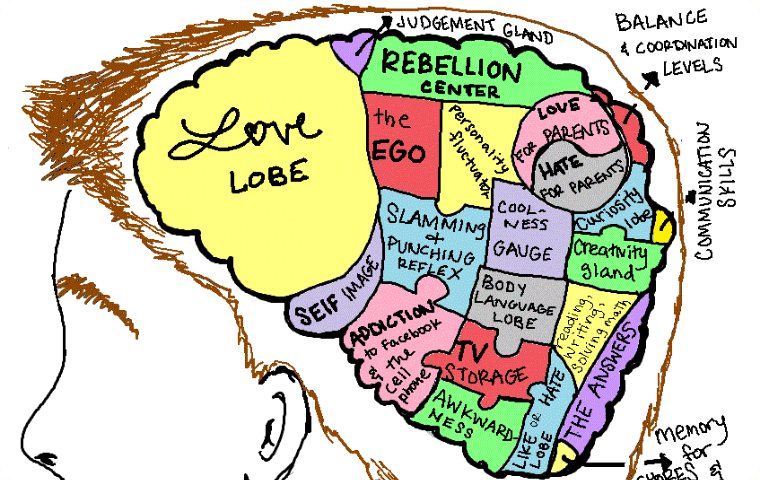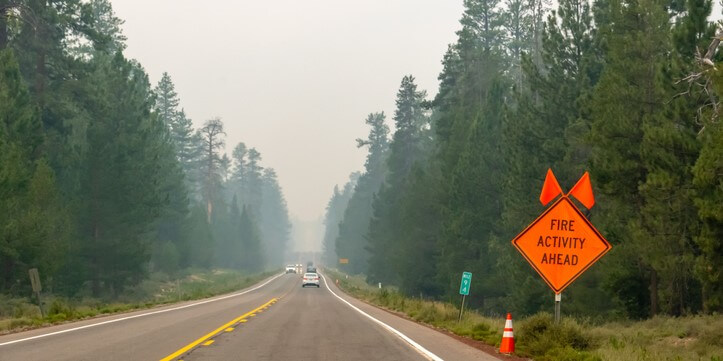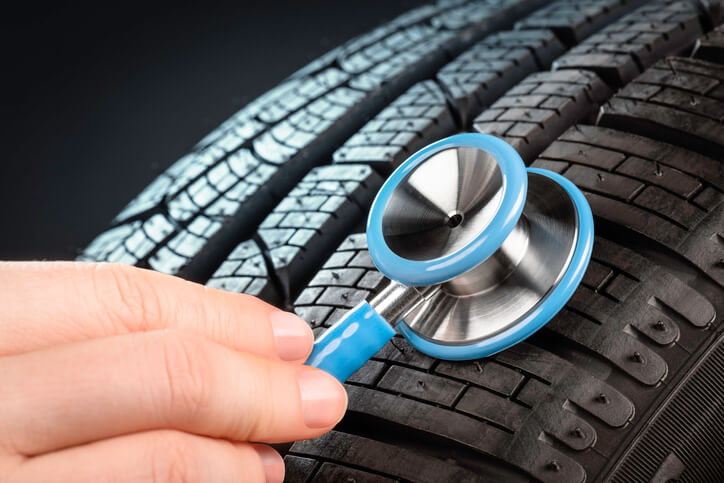Are you a teenager excited to get behind the wheel and start driving? Or already have a license but still struggling with some aspects of driving? Whatever your situation, one of the most important things you need to know is how to stop your vehicle safely and effectively.
In this ultimate guide, we will cover everything you need to know about stopping, from understanding the basic principles of braking to learning how to stop in emergency situations. So, fasten your seatbelt, and let’s dive in!
Stopping Basics: Understanding Braking
Before we get into how to stop in various challenging situations, let’s start with the basics of braking. On paper, braking is relatively straightforward. You slow down or stop your vehicle by applying pressure to the brakes. Sounds simple, right? While it’s true that using the brakes will slow and eventually stop your vehicle, there’s a lot more you need to know to do so in any and every situation you’ll encounter on the road.
There are two main types of brakes: disc brakes and drum brakes. Disc brakes are more common on newer vehicles and are usually more effective than drum brakes—however, both types of brakes work by using friction to slow down the wheels.
When you press down on the brake pedal, the brake pads (or shoes in the case of drum brakes) press against the brake rotor (or drum) and slow down the wheels. The pressure you apply to the brake pedal determines how much braking force is applied.
Got it? Yeah, you do! So, what does that mean in real-world situations? Let’s find out!
Stopping Distance: How Much Room Do You Need?
One of the most important things to understand about stopping is how much room you need to come to a complete stop. Stopping distance is the total distance your vehicle travels from when you decide to stop to when you come to a full stop.
Stopping distance depends on several factors, including:
- Your speed
- Your reaction time
- The condition of your brakes
- The state of the road surface
- The weight of your vehicle
To give you an idea of how much room you need to stop, here is a table that shows stopping distances at different speeds:
table {
border-collapse: collapse;
width: 100%;
max-width: 600px;
margin: auto;
font-family: Arial, sans-serif;
font-size: 16px;
}
th {
background-color: #333;
color: #fff;
padding: 10px;
text-align: left;
}
th, td {
border: 1px solid #ddd;
padding: 10px;
}
tr:nth-child(even) {
background-color: #f2f2f2;
}
| Speed (mph) |
Stopping Distance (ft) |
| 20 |
40 |
| 30 |
75 |
| 40 |
125 |
| 50 |
200 |
| 60 |
300 |
As you can see, the faster you travel, the more room you need to stop. That’s assuming optimal conditions. Remember that factors like the weight you’re carrying, weather, vehicle condition, and more will add to this distance! So, you must leave enough space between your vehicle and the vehicle in front of you to allow for safe stopping. Always! No exceptions.
Emergency Stops: What to Do When You Need to Stop Quickly
Sometimes, you might need to stop your vehicle quickly to avoid an accident or obstacle. In these situations, knowing how to perform an emergency stop is essential.
An emergency stop is a sudden and forceful application of brakes designed to bring your vehicle to a complete stop as quickly as possible. Here are the steps to perform an emergency stop:
- Brake firmly and quickly: Press the brake pedal as hard as possible. The goal is to apply as much braking force as possible to slow down your vehicle quickly.
- Keep both hands on the steering wheel: As you brake, keep both hands on the steering wheel to maintain control of your vehicle.
- Look for a safe place to stop: Once you have slowed down, look for a safe place to bring your vehicle to a complete stop. Avoid stopping in the middle of the road or a dangerous location.
- Turn on your hazard lights: To alert other drivers that you are stopping, turn on your hazard lights.
- Be prepared to react: Be prepared for other drivers to respond to your sudden stop. Look in your rearview mirror and be ready to move out of the way if necessary.
Stopping on Hills: How to Stop Safely on Inclines
Stopping on a hill can be challenging, especially when driving a manual transmission vehicle. Here are some tips for stopping safely on inclines:
- Use the parking brake: If you are driving a manual transmission vehicle, use the parking brake to hold the vehicle in place while you come to a complete stop.
- Use the foot brake: Use the foot brake to slow down the vehicle and come to a complete stop.
- Release the clutch: If you are driving a manual transmission vehicle, release the clutch slowly as you apply pressure to the foot brake. This will prevent the vehicle from stalling.
- Hold the vehicle in place: Once you have come to a complete stop, hold the vehicle in place by keeping your foot on the foot brake and using the parking brake.
- Check your mirrors: Before you start moving again, check your mirrors to make sure it is safe to do so.
Stopping in Wet or Slippery Conditions: How to Stop Safely
Stopping in wet or slippery conditions can be challenging, as your vehicle may have less traction on the road. Here are some tips for stopping safely in these conditions:
- Slow down: Reduce your speed to allow for increased stopping distance.
- Use gentle pressure: Apply the brakes gently to avoid skidding or losing control of the vehicle.
- Avoid sudden movements: Avoid sudden movements, such as turning the steering wheel or accelerating or decelerating too quickly.
- Stay alert: Keep an eye out for potential hazards on the road, such as standing water, ice, or debris.
- Use caution: Other drivers may not be as cautious when driving in wet or slippery conditions.
Stopping at Stop Signs and Traffic Signals: What You Need to Know
One of the most important times to stop while driving is at stop signs and traffic signals. Here are some things you need to know about stopping at these intersections:
- Come to a complete stop: You must come to a full stop at a stop sign or red traffic signal.
- Look both ways: Before proceeding, look both ways to make sure it’s safe to move.
- Yield to other vehicles: Yield to other vehicles that have the right-of-way.
- Wait for the green light: Wait for the green light at a traffic signal before proceeding.
- Be prepared to stop: You always need to be prepared to stop at a yellow traffic signal as it is about to turn red.
Conclusion
Stopping is an essential part of driving that all teen drivers must master. Like the rest of the skills you need to possess to be a safe driver, the benefits of experience are paramount.
As you gain driving experience, many of these decisions will become a matter of feel and repetition, but until you get there, arming yourself with the knowledge of all things braking is critical.
By understanding the basics of braking, knowing how much room you need to stop, understanding how varying road conditions can affect these distances, and being prepared for emergency stops, you can stay safe behind the wheel. Whether you are stopping on hills, in wet or slippery conditions, or at stop signs and traffic signals, always remember to stay alert, use caution, and follow the rules of the road.
Liam Hoch researches and writes about safe driving for DriverZ.
Having been a passenger in multiple near-catastrophic vehicle collisions, Liam knows first-hand the dangers of distracted, reckless, and unsafe driving.
Passionate about our core principles of helping to make safer drivers and, ultimately, saving lives, Liam stays at the forefront of driving safety innovation and research.

















